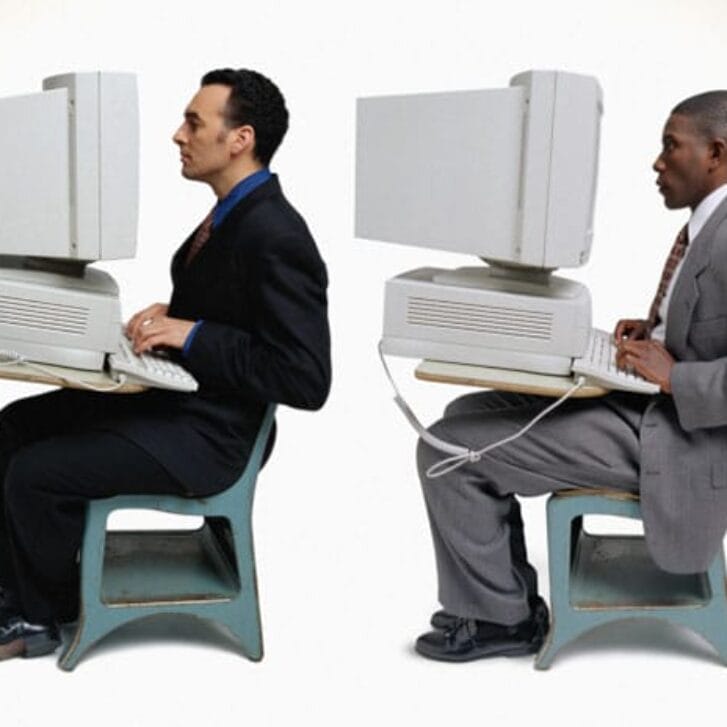Chemists and physicists understand Brownian motion, and a sort of career Brownian motion led me early in 2011 to an amphitheater in an old laboratory building, to conduct an experiment in alternative business education. My mission: to cram as much of my Wharton education as possible into a one semester course for Columbia University’s science and engineering students.
In 1986, I left Penn with a B.S. in economics from Wharton and an M.D. from Penn Med, a hybrid education that left me fluent in science and commerce, in operating suites and on trading floors.
As a practicing doctor, I noted the readiness with which “business people” would venture opinions on medical and scientific issues, but the reluctance with which scientists and doctors would approach business. Later, working as an analyst and fund manager, I observed how sell-side analysts with minimal backgrounds in science were more aggressive in voicing opinions on the relative merits of diagnostic tests based on protein assays versus gene expression, whereas scientists and doctors had remained silent when even the most basic finance or management questions arose.
Why this disconnect? Do we segregate business education too severely?
When I left clinical practice, I replaced my medical grand rounds series with lectures in life science investing at Penn and other schools. Carol Lin, director of the biotechnology program at Columbia, invited me to speak to her students, and together we outlined a series of talks on business fundamentals. A semester later, BIOT 4180: Entrepreneurship in Biotechnology was launched. We hoped for 10 students. Sixty-four registered for the first semester, and 102 for the second.
Our one semester all-business curriculum for scientists had apparently identified an unmet need.
The course is open to any Columbia or Barnard student not enrolled in the business school. With so many topics to discuss, the course is long on concepts and short on problem sets. And while the concepts are basic, the filters through which the students absorb them are novel. They cite Newton’s laws of thermodynamics more often than generally accepted accounting principles. They tease out the dynamics of a product’s market by working backwards from the pricing model, deriving the supply and demand curves, then piece together and critique business plans. They draw unusual comparisons between amortization of intangible assets and the decay of radioactive materials, and they find the rules of financial accounting similar to composing the materials and methods section of a research abstract.
BIOT 4180 has evolved, not into a mini-MBA but into a foreign language course, one that hopefully gives a young scientist or engineer the confidence to consider starting his or her own business, to contribute to an overall company strategy, to create value beyond a narrow, technically defined boundary, or to create a bridge to more formal business training in the future.
























